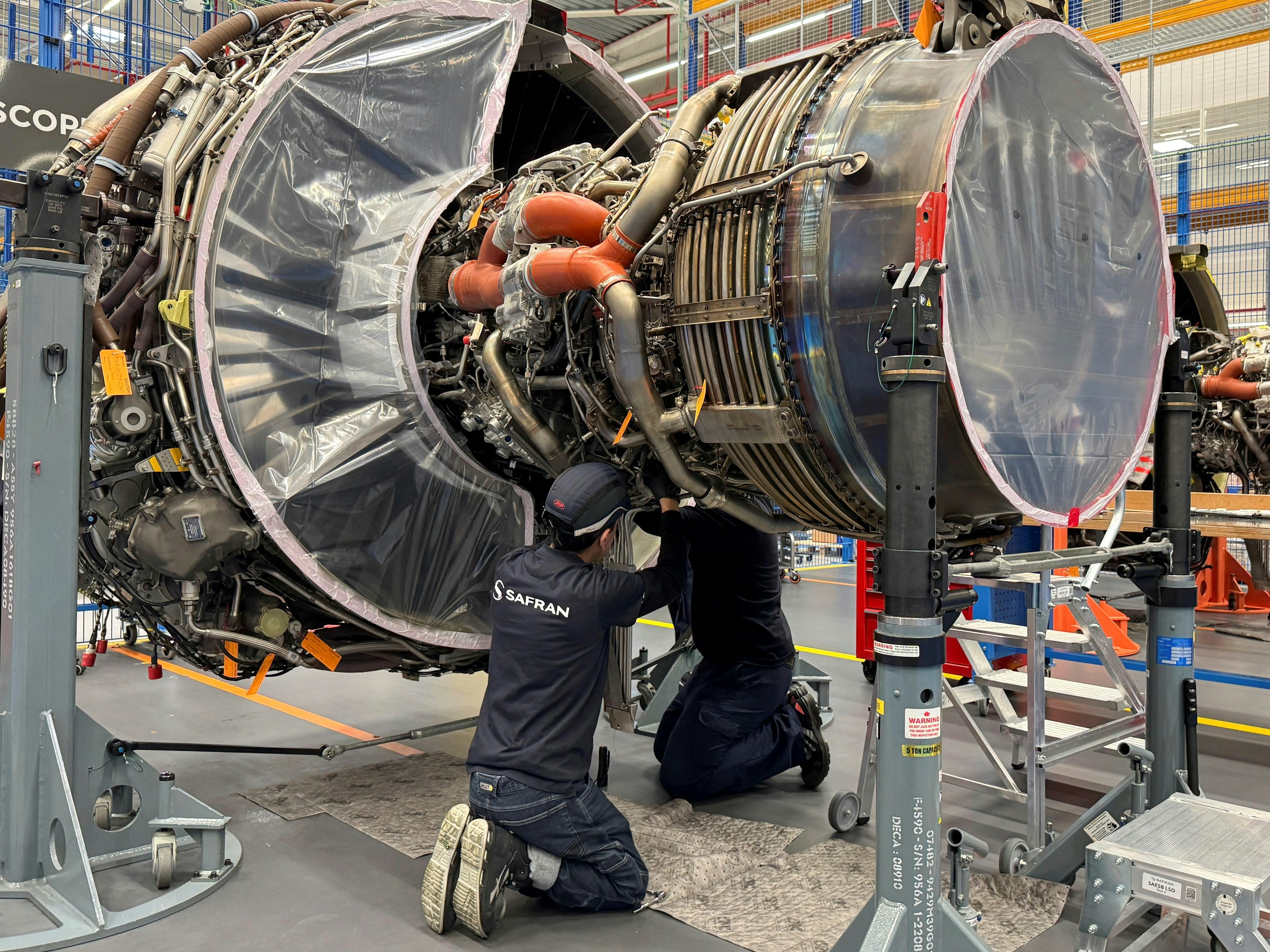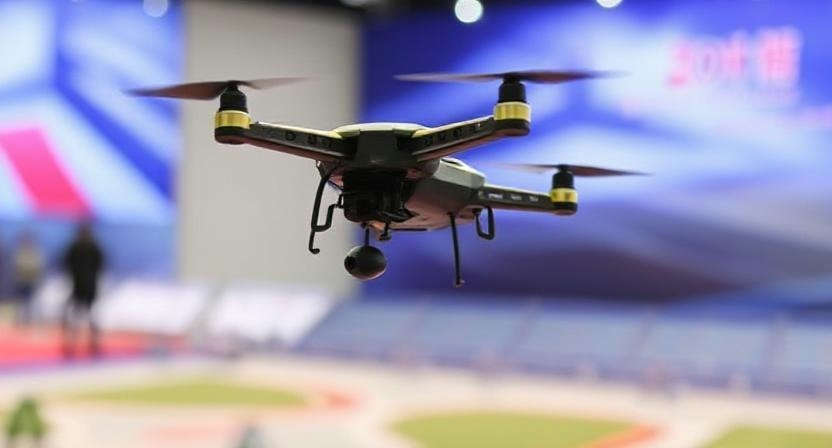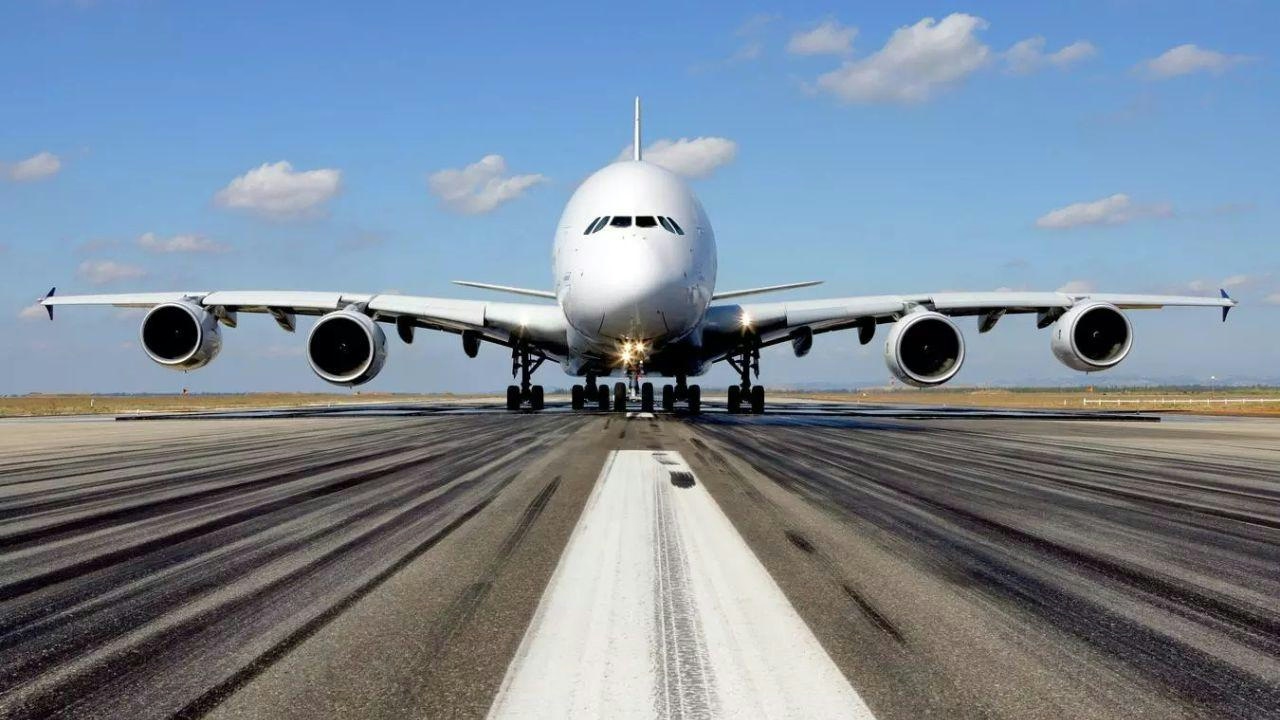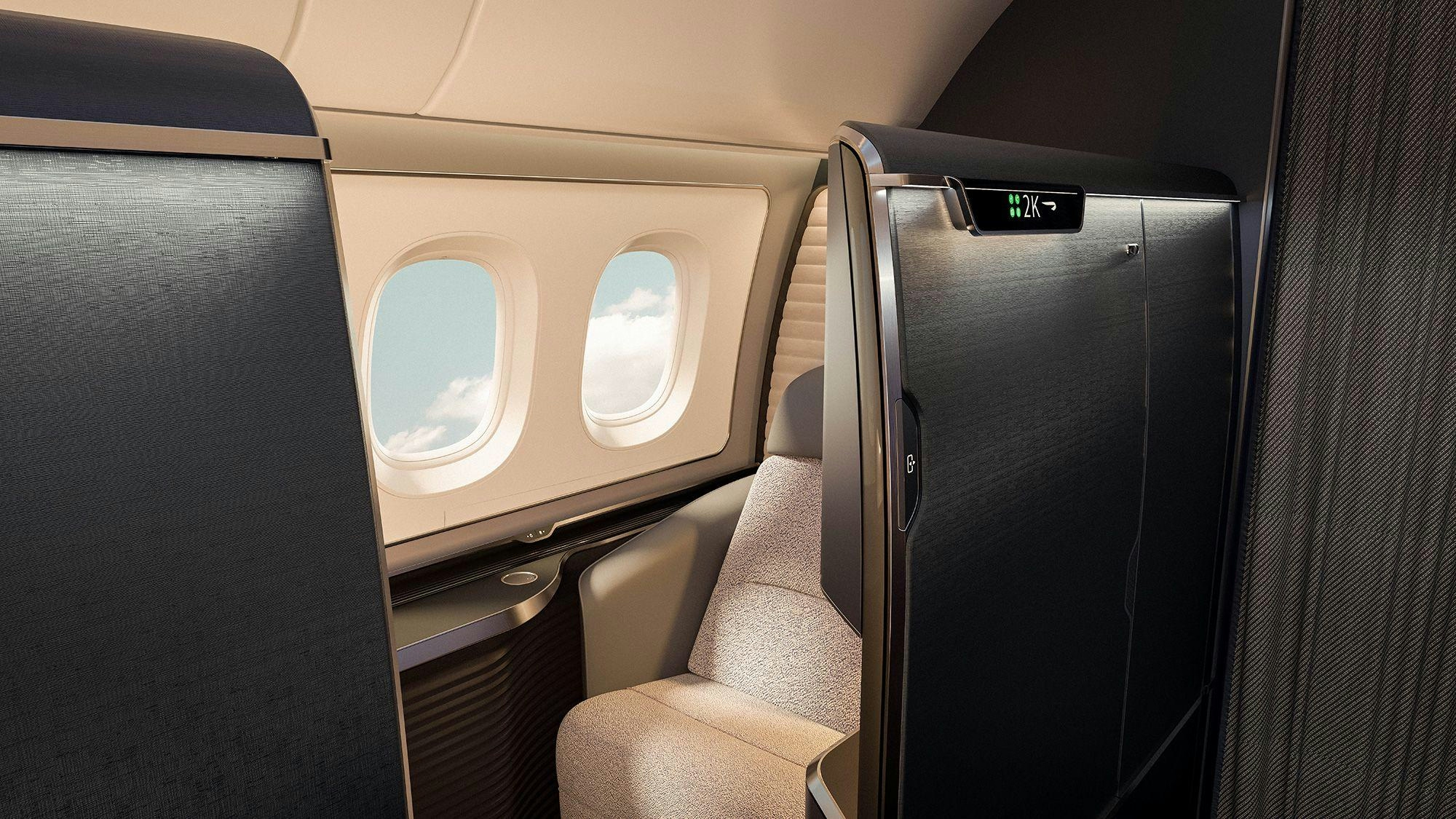
AeroGenie - مساعد الطيار الذكي الخاص بك.
الرائج الآن
Categories
CFM Increases Leap Engine Deliveries Amid Pratt & Whitney Turbofan Output Decline

CFM Increases Leap Engine Deliveries Amid Pratt & Whitney Turbofan Output Decline
Surge in CFM Leap Engine Deliveries
CFM International significantly accelerated deliveries of its Leap turbofan engines in the second quarter of 2025, surpassing its competitor Pratt & Whitney (P&W), which experienced a slight year-on-year decline in output of its PW1000G geared turbofans. According to GE Aerospace, co-owner of CFM alongside Safran Aircraft Engines, the partnership delivered 410 Leap engines during the quarter, marking a 38% increase from 297 units in the same period last year. This brought total Leap deliveries for the first half of 2025 to 729 engines, an increase of 65 units compared to the first half of 2024, as disclosed in GE’s second-quarter regulatory filing released on July 22.
The Leap-1A engine powers the Airbus A320neo family alongside the competing PW1100G, while the Leap-1B is the exclusive engine for Boeing’s 737 Max. GE Chief Executive Larry Culp attributed the surge in deliveries to improved material inputs, which have bolstered inventory levels and enabled faster production. Nevertheless, he acknowledged that production rates across the aerospace industry remain constrained by ongoing component shortages and a persistent shortage of skilled labor.
Looking forward, GE projects full-year 2025 Leap engine deliveries to increase by 15 to 20 percent year on year, reaching between 1,618 and 1,688 units. The company has set an ambitious target to raise annual Leap deliveries to 2,500 by 2028.
Market Developments and Challenges
CFM’s recent momentum follows the resolution of initial durability issues with the Leap series through technical improvements. The company’s market outlook has also been bolstered by the lifting of a temporary U.S. government ban on shipping CFM engines to China, potentially expanding its market share in the region. However, industry analysts caution that the rapid increase in Leap engine deliveries will necessitate significant upgrades to maintenance, repair, and operations (MRO) networks to adequately support the expanding fleet. Airlines may remain cautious in their adoption until these support capabilities are fully established.
Pratt & Whitney’s Production and Market Position
In contrast, RTX subsidiary Pratt & Whitney reported a 4 percent year-on-year decline in deliveries of large commercial engines, including GTF models, totaling 227 units in the second quarter—down by nine engines compared to the same period in 2024. For the first half of 2025, P&W delivered 477 large aircraft engines, a modest increase from 468 units in the first half of the previous year. Pratt & Whitney’s GTF variants power the Airbus A320neo family, A220s, and Embraer E-Jet E2s.
During RTX’s July 22 earnings call, CEO Chris Calio noted that supply chain challenges are beginning to ease, with improved availability of turbofan structural castings. Pratt & Whitney aims to ramp up GTF production in the second half of 2025. The company is also focusing on enhancing engine reliability and strengthening its market position to regain ground lost to CFM.
As both manufacturers contend with supply chain pressures and shifting market dynamics, competition for dominance in the narrowbody engine sector is expected to intensify in the coming quarters.

Europe Advances Aviation Sustainability Through SAF Mandates and Innovation

Lufthansa's Fleet Plans for 2025

Fifteenth National Games Model Aviation Finals in Longhua Showcase Drone Sports and Innovation

Brazilian Woman Becomes First Female Captain of Airbus A380

Airbus and Boeing: Comparing Their Global Reach

Vietjet Orders 100 Airbus A321neo Jets, Strengthening UK-Vietnam Strategic Partnership

The Aircraft Set to Replace the Iconic Superjumbo

Delta Air Lines Introduces AI-Powered Concierge Service

Shanghai to Host 2025 North Bund International Aviation Forum
